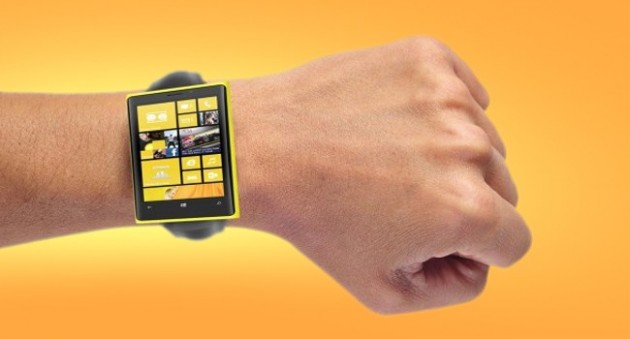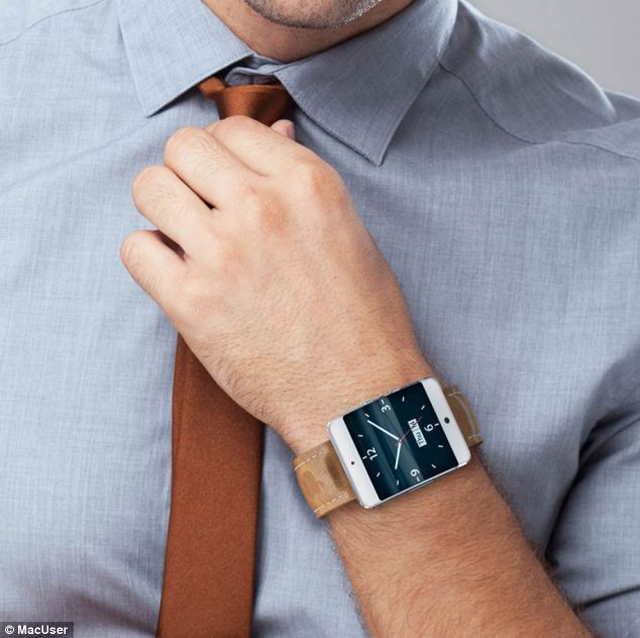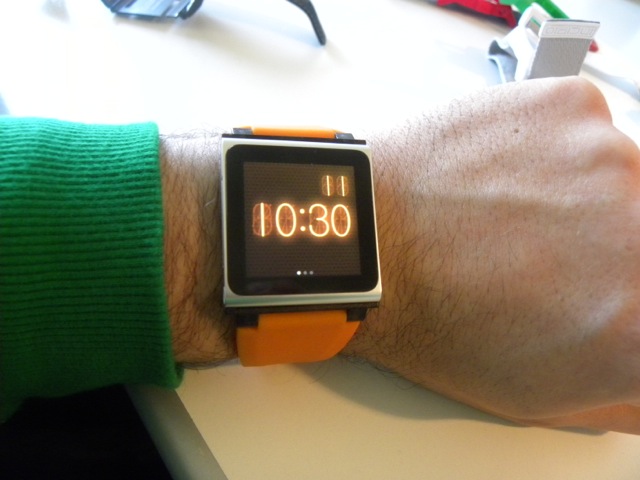London – August 5, 2019 – It is with great excitement that Fossil brand announces its newest addition to our wearables assortment: the Gen 5 Fossil Touchscreen Smartwatch. This watch offers users the recently launched Qualcomm® Snapdragon WearTM 3100 platform alongside the latest software by Wear OS by GoogleTM. Boasting the latest designs, new speaker functionality, smart battery modes, and double the storage, Gen 5 speaks to both the tech-savvy and fashion-forward. The newly redesigned and revolutionized Gen 5 Smartwatch features tech that’s audible, lasts longer, and optimizes performance. Thanks to its sleek design and updated technology, the next generation smartwatch from Fossil is built to be a best-in-class technology experience for new and experienced tech enthusiasts alike.
"For several years, the health and wellness industry has been converging with smartwatch technology—and Fossil knew there was a tremendous opportunity to provide a connected option for the design-conscious consumer looking to bring style to their wrist. It’s always been a top priority to listen to our consumers and address these big market share opportunities when it comes to technology innovation,’’ said Steve Evans, EVP Fossil Group. “As a direct result of that feedback, we’re incredibly excited to be able to offer our first-ever proprietary apps that offer an extended battery life and increased iPhone compatibility, which is always top of mind with our consumers around the globe.’’
The new smartwatch launches with six colourways in stunning combinations of black, smoke, and rose gold. With a 44 mm case size, and endless strap options, Gen 5 provides consumers with additional technology in designs and styles they have come to expect from Fossil. Personalization has never been more accessible, from customizable pushers to watch faces to notifications, allowing users to make the connected experience their own.
New features include:
Extended Battery Mode
Fossil Group has developed a proprietary smartwatch experience that offers four battery life pre-sets, putting the user in control and allowing for extended battery life. This new experience offers an ‘Extended Battery Mode’ where users can extend to multiple days on a single charge while still enjoying essential features like notifications and heart rate. ‘Daily Mode’ allows users to experience most features enabled, such as always-on screen. ‘Custom Mode’ allows users to easily manage battery optimization settings themselves, all in one place, where ‘Time-Only Mode’ gives users additional hours when the watch has a low battery or if they choose to use the smartwatch to only tell time. From the home screen on your watch, swipe down from the top and tap the battery icon to choose the mode that’s right for you.
Swimproof Speaker
Thanks to the inclusion of a swimproof speaker, in addition to the existing microphone, users can enjoy audible functionality, and hear responses from the Google Assistant-- when you ask a question or tell it to perform an action, you can hear your Google Assistant speak back to you.
With the addition of Speaker, users have the ability to take calls on their smartwatch. In the past, this is a capability that only Android phone users have enjoyed--until now. At launch, Android users will be able to answer tethered calls, and later this fall, Fossil Group has developed a proprietary app allowing iPhone users to answer tethered calls-
making this a first on a Wear OS by Google device.
Functions include:
Sound alerts for notifications, alarms, timers, etc.
Hear responses from the Google Assistant
Google Translate speak out translation
Play third party music direct from watch
Answer tethered calls directly from watch
Tiles
Tiles, a new update from Wear OS by Google, provide a quick way to view information at a glance and perform actions. With a swipe left, Tiles adds easy access to quick actions and information that previously were hidden in the app menu. You can check your progress towards your fitness goals, start a workout, know where you need to be next, plan ahead with the latest forecast, check your heart rate, follow the latest breaking headlines, and even quickly set a timer.
Additionally, by doubling the total storage to 8GB, including 1GB RAM, users will have even more space to download apps and media, as well as see an overall performance boost. The integrated sensors have also been given an upgrade to help improve fidelity and optimize power consumption. Features familiar from previous generations include heart rate tracking, untethered GPS, NFC for Google PayTM, and Rapid Charging. As with our existing lineup, Gen 5 will come with a series of auto-installed apps: the leading music streaming service, Spotify, peace of mind and safety app, Noonlight, and Nike Run Club.
Cardiogram, a digital companion for your heart health, is the latest app that Fossil will auto-install. Cardiogram visualizes heart rate data into interactive charts that can be tagged with activities from your day, helping you identify what could contribute to spikes and dips in your heart rate. For example, users can monitor how your heart rate changes during a stressful meeting, exercise, or during sleep. Users can also track how health metrics compared to millions of other Cardiogram users for signs of undiagnosed diabetes, sleep apnea, hypertension, and atrial fibrillation.
With this new generation of watch, Fossil showcases a unique take on technology and redefining what it means to bring activity and balance to your lifestyle. The added functions will give users a 360-holistic way to track all parts of their lives, while keeping true to the authentic creative spirit of innovative watch design that Fossil was founded on more than 30 years ago
Features include:
Stainless steel case, topring, and pushers
44 mm case size
Stunning 1.3’’ touchscreen digital display
Swimproof (up to 3 ATM)
24+ hours battery life (based on usage) + multiple days in extended battery mode
Interchangeable straps and bracelets
Qualcomm® Snapdragon WearTM 3100 Platform
Sensors: Heart Rate, NFC, GPS, Altimeter, Accelerometer, Gyroscope, Ambient Light, Microphone
Powered with Wear OS by Google and compatible with iOS 10+ or AndroidTM 4.4+ (excluding Go edition)
Connect via Bluetooth® technology
Wireless syncing + magnetic charging
This watch retails for £279 and is available for purchase on www.fossil.co.uk and in select Fossil retail stores globally.
Google and Wear OS by Google are trademarks of Google LLC.













